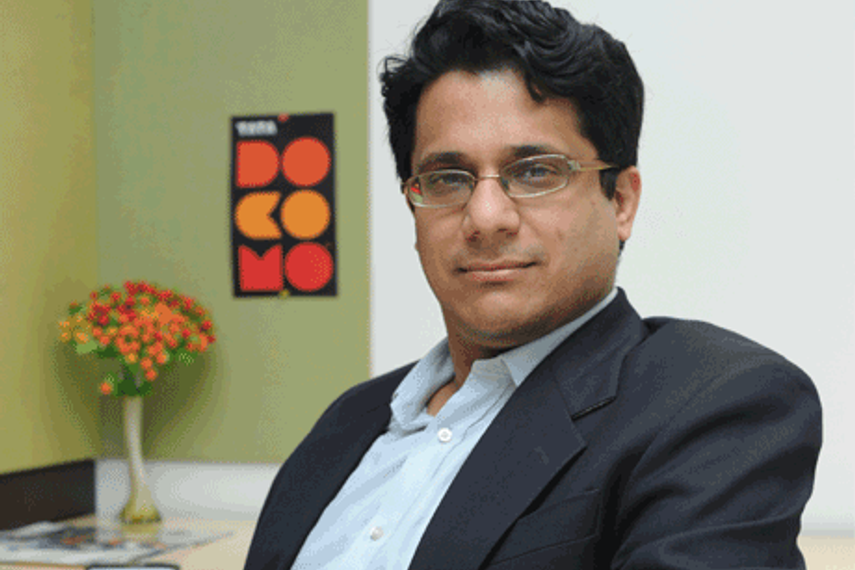
Please sign in or register
Existing users sign in here
Having trouble signing in?
Contact Customer Support at
[email protected]
or call+91 22 69489600
Its brand campaign ‘Open up’ is the ‘announcer’ for a five-part television campaign, explains Ritesh Ghoshal of Tata Docomo

Contact Customer Support at
[email protected]
or call+91 22 69489600
Top news, insights and analysis every weekday
Sign up for Campaign Bulletins
Directed by Emmy Award‑winner Rhys Thomas and produced by Stink London, the hotel chain has launched localised versions for India, Japan, and Korea.
Atul Sharma exits after seven years at the helm.
Following Omnicom’s acquisition of IPG, Omni is now also powered by assets originally under the latter.
Set to roll out this spring, the global LLM unifies the world’s most advanced AI models into one secure portal.